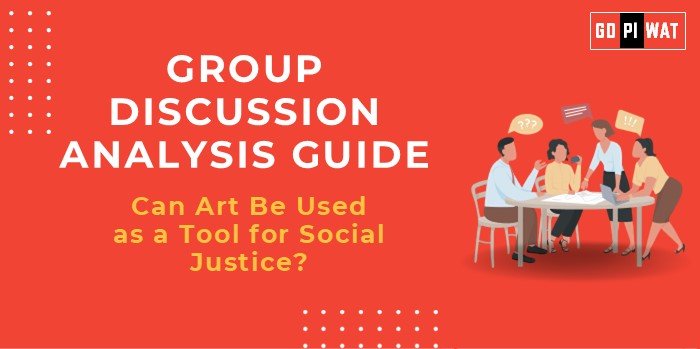🎨 Can Art Be Used as a Tool for Social Justice?
🌟 Introduction
Art has long been a universal language, bridging divides and inspiring movements. From Diego Rivera’s murals to the songs of the Civil Rights Movement, it has shaped societal norms and challenged injustices. In the digital age, art’s reach has expanded, allowing creators to address global issues like inequality, climate change, and human rights violations.
📊 Quick Facts and Key Statistics
- 🎨 Global Art Market Value: $67.8 billion in 2023, reflecting art’s cultural and economic significance.
- 📱 Social Media Influence: Art-related hashtags generate over 10 million posts monthly, raising awareness effectively.
- 🖌️ Protest Art: 87% of major social movements since 2000 have incorporated artistic elements (UNESCO).
- 🌍 Cultural Policies: Over 120 countries have laws promoting art for education and advocacy.
- 🕊️ Healing Initiatives: More than 60 countries use art for community healing in conflict zones.
🏆 Achievements of Art in Social Justice
- 🖼️ Awareness Campaigns: Ai Weiwei’s installations spotlight human rights abuses worldwide.
- ✊ Legislative Influence: Black Lives Matter murals and posters contributed to awareness and legislative debates.
- ❤️ Community Healing: Art therapy initiatives have supported trauma victims in regions like Syria.
⚠️ Challenges
- 🔒 Censorship: Governments often restrict politically sensitive art (e.g., in China).
- ⚖️ Access Inequality: Marginalized communities face barriers to artistic expression due to resource constraints.
- 🌍 Global Disparity: Scandinavian countries excel in supporting art for justice, while many developing nations struggle to integrate art into societal reform.
🌍 Global Comparisons
- 🇿🇦 South Africa: Post-apartheid Truth and Reconciliation murals fostered healing and dialogue.
- 🇳🇴 Scandinavia: High levels of government support for art in advocacy and education.
📚 Structured Arguments
- ✅ Supporting Stance: “Art provides a universal language that transcends barriers to address social injustices effectively.”
- ❌ Opposing Stance: “Art’s impact is limited in the face of systemic issues requiring legislative solutions.”
- ⚖️ Balanced Perspective: “Art complements other tools of social justice but needs institutional support for long-term change.”
🔮 Strategic Analysis
- 💪 Strengths: Emotional engagement, global reach, inclusivity.
- ⚡ Weaknesses: Limited scalability, dependence on funding, censorship risks.
- 🌐 Opportunities: Leveraging technology for wider dissemination.
- ⚠️ Threats: Political backlash, funding cuts.
💡 Connecting with B-School Applications
Art’s intersection with leadership and innovation offers rich insights for B-school students. By leveraging art in marketing campaigns or CSR initiatives, businesses can enhance brand positioning and foster social impact.
- 📈 Sample Question 1: “How can businesses integrate art to promote social causes?”
- 🏢 Sample Question 2: “Discuss the role of art in creating inclusive workplace cultures.”


